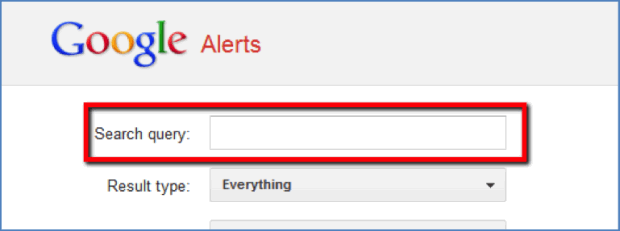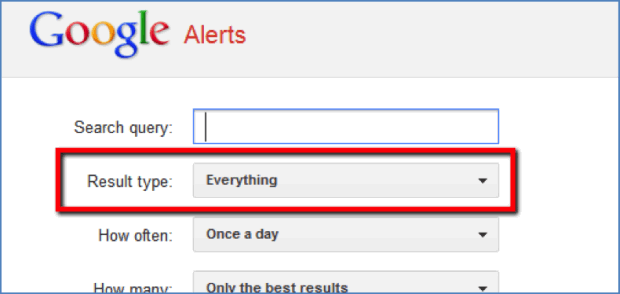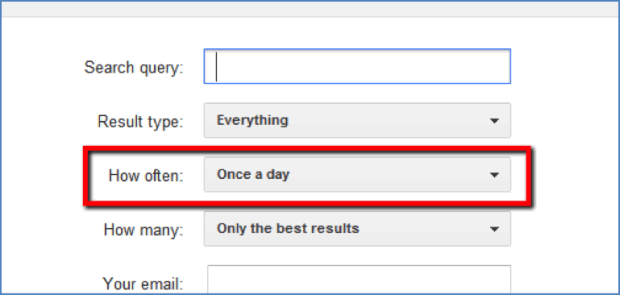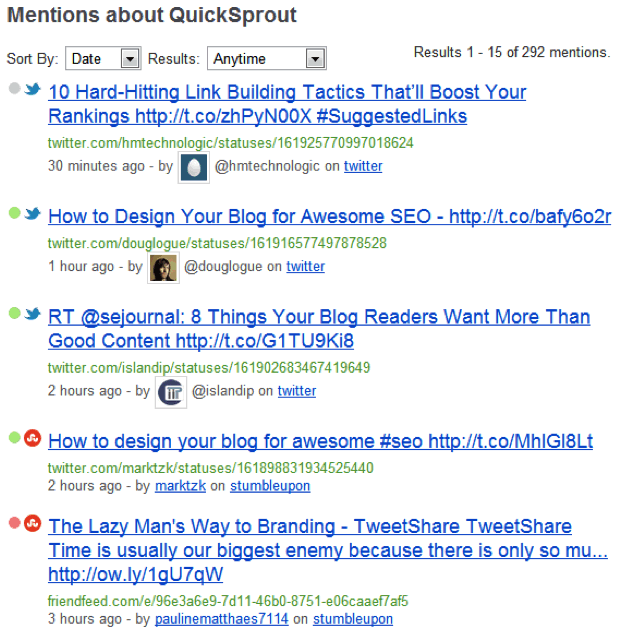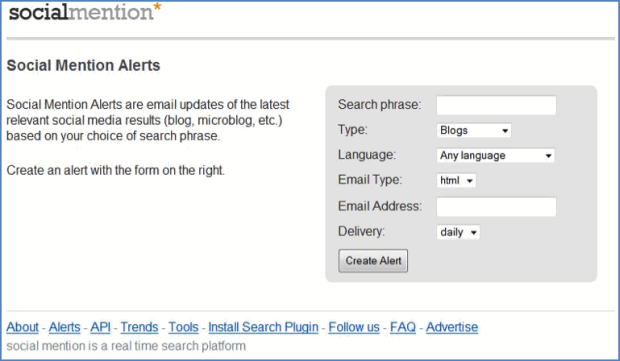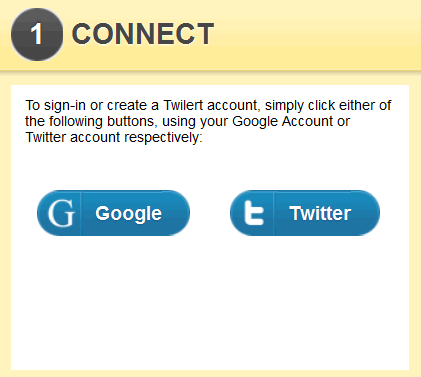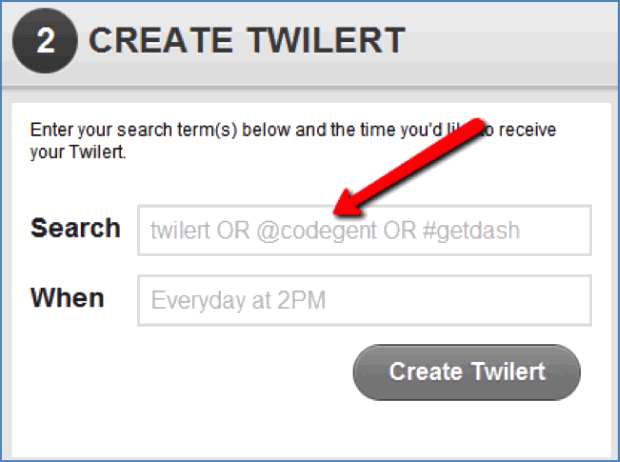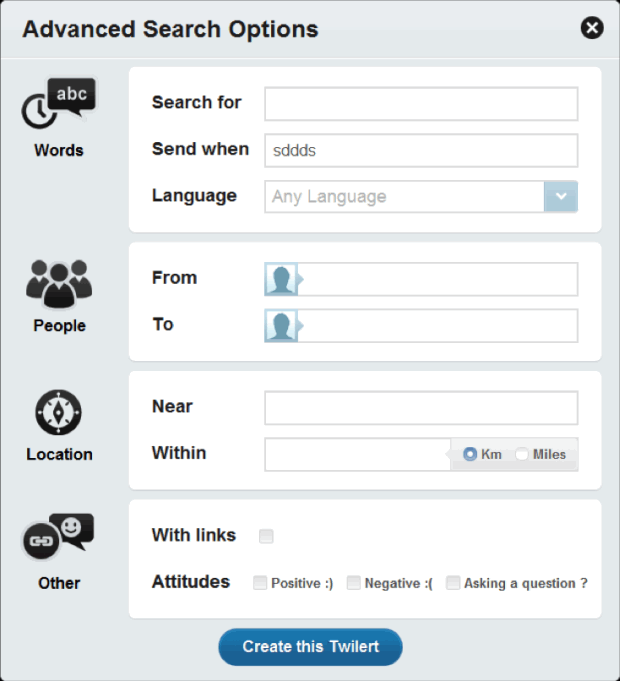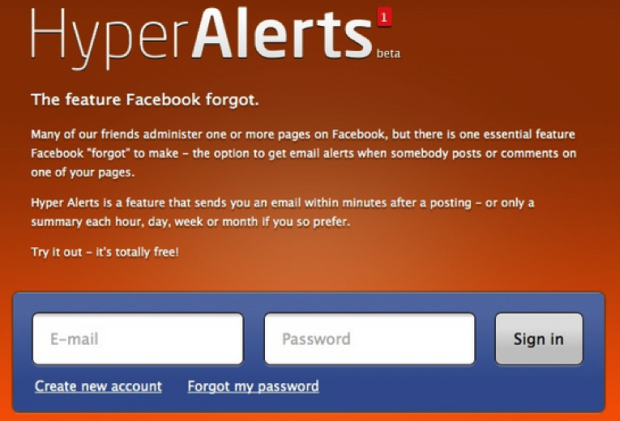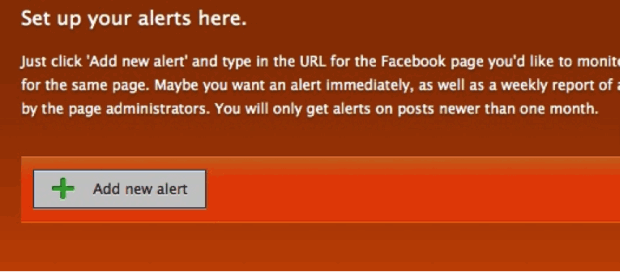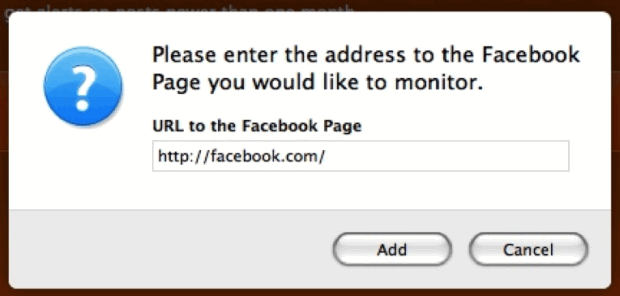21 Feb Backlinks And Google Alerts
We all know that when it comes to getting high rankings in the search engines link building is one of the most critical activities you can engage in…whether you are using tactics to get a large amount of links or zeroing in on attracting high-authority links.
But most of that work is done manually. This can be time-consuming and boring.
This is why I’ve been exploring ways to automate my search for link building opportunities with free alerts.
I’ll share these tools with you…and then explain how you can take advantage of the link building opportunities that arise from these discoveries.
Finding link building opportunities with Google Alerts
Google Alerts is the old-school way of finding link building opportunities. It’s nice, too, that you don’t need a Google account to get started.
For each Alert, you’ll need to decide the following:
Content of the search – This is the topic you want alerts about. It could be your full name, your businesses name or competitor’s name.
You can get more accurate results by using the Advanced Search features (+, -, “”, or, not) or Operators (link:, site:). This will keep your alerts from delivering content that is too broad.
For instance, if you wanted to receive alerts about “Facebook” but to scrub content if it’s talking about Mark Zuckerburg, you would use “Facebook” – “Mark Zuckerburg.” Or you could filter out certain sites with these operators.
Type of results – Would you like alerts to be from blogs only? News? The web in general? Videos? Groups? Comprehensive…meaning all of the above?
Frequency of search results – Google will return alerts to you based on three options: as-it-happens, once a day and once a week.
Keep in mind that Google only sends you content that appears in the top 20 SERs for the web and top 10 for SERs in news. That way you only get alerts when there is something important being shared.
If you need to stay on top of the buzz on your brand or product, then you’d choose “as-it-happens.” If you just need a general sense of mentions, then “once a week” would work.
Delivery of results – You can receive results as RSS feed or email. Depending which type of results you will be getting, you’ll get an email that breaks down the results by category.
By the way, Google Alerts will allow you to set up to 1,000 alerts in several languages.
Finding link building opportunities with social alerts
Social media sites like Twitter have given many people the power to share their feelings about a brand or person…whether negative or positive.
It’s crucial to stay on top of these mentions, responding to the negative criticism and thanking anyone for the positive. Why should you respond to these criticisms…and what do they have to do with building links?
Often people who tweet about a bad experience will then write a full length review or blog post. If you don’t do anything to turn that person’s criticism around then you’ll end up with a link to your site that’s full of negative sentiment.
Instead, encourage someone to write an encouraging review or blog posts by responding to their complaints on the social web. That positive-experience post or review can lead to a link back to your site with positive sentiment.
When it comes to tracking all things social, Social Mention is probably the best all around tool. You can search real time for mentions.
Here’s a search for “QuickSprout”:
From that search I can see what people are saying about me and my blog.
But since we are talking about automating our social mention search for link building opportunities, sign up for Social Mention alerts.
Social Mention basically watches the social web for any mentions of your keywords and then sends you an email with updates based upon your frequency. The content has to be publically available…meaning it can’t be “private…but social mention will cover hundreds of sites including StumbleUpon, Digg and Quora.
Finally, you can grab the Social Mention widget which will show you a stream of mentions of your name and brand…but you’d have to watch it constantly to use it effectively. That’s not a great use of your time.
Twitter Alerts
While Social Mention is supposed to cover the entire social web…it’s not perfect. That’s why when it comes to tracking Twitter mentions I’d recommend using a tool dedicated to it.
Now, you can manually search Twitter with its Twitter search or you can join a Twitter alert service like Twilert. Twilert works the same way that Google Alerts does…just on Twitter.
The steps to getting started are easy. Sign up through Google or Twitter:
Next, enter the keyword you want to track. This can be your name, brand or product, a hashtag or even a Twitter handle (@neilpatel).
What’s nice about Twilert is you can assign exactly when you want to receive Twilerts in the “When” sub form.
And don’t forget the Advanced Search features that include operators like language and attitudes/sentiment:
Now, it’s possible to use Google Alerts to track your Twitter mentions, but a lot of mentions will fall through the cracks. That’s why I recommend you use a service like Twilerts dedicated to searching and notifying you of these mentions.
Finding link building opportunities on Facebook through Hyper Alerts
Facebook can be one of the richest places to monitor activity that might uncover some great examples for link building.
Unfortunately you probably don’t have the time to stay on top of all of your Fan page interaction. You can track your Facebook fan page activity through notifications. But what would be really nice is to get notifications via email of a summary of activities.
That’s what makes an email alert service like Hyper Alerts so great.
Getting started is simple. Go to Hyper Alerts website and enter your email address and password…
Add alerts, based upon frequency of when you want to receive those alerts…
And enter your Facebook page web address:
Your next step is to choose from four different settings:
- Frequency of alerts
- Fan posts
- Fan comments
- Your own content
What makes Hyper Alerts great is that you don’t need access to your Facebook account. Plus, all of your notifications are rendered in text so it is perfectly archivable and searchable.
Here’s a tip: filter all these emails to a folder so you can search them later.
Finally, you can track multiple fan pages. For example, say you own a company that runs 30 different hotels. You can create a fan page for each hotel and receive notifications for each. Unfortunately you will receive 30 different emails.
Probably the only downside with Hyper Alerts is you can’t respond to comments in the email. You will have to jump onto your Facebook fan page to do that…but really that doesn’t matter right now since we are talking about finding link building opportunities.
You can also track fan activity through alerts published by the Page Notifier or Fan Page Notifier apps.
Plus, you could use the Postling app that allows you to get notifications for all of your social sites like Facebook, Twitter, YouTube, LinkedIn and your blog, while getting reviews from TripAdvisor or Yelp or phrases you are tracking appear on Google News or WordPress.
Search for these kinds of link building opportunities
Once you get all your alerts set up and start receiving notifications, you can start to look for opportunities like these:
- See when someone mentions your business or name – Is this an influential blogger or thought leader in your industry? Can you start a relationship with this person that might lead to a link down the road?
- Follow the mentions of your competitors – Are the people mentioning your competitors sharing positive or negative experiences? Is there are relationship you could nurture among these signals?
- Track the guest posts of your competitors when they are published – Are they posting on a site that could provide an opportunity for you to guest post? Is the host of the blog open to an interview that could lead to a link? This tactic can help you discover your competitor’s link building strategy, thus helping you get the same links.
- Answer the questions that someone in your industry is asking – If you get notifications that show up in the context of a question …can you answer that question? Maybe you offer to write a short post for them to publish to their site.
- Get notified when a blog or site in your industry is looking for content – Naturally, track keywords that will notify you when there are calls for guest posting opportunities.
- Get news about your industry when it is released – Sometimes if you can jump on a story early enough you can provide additional information that the reporter may wish to include in an update on the article…rewarding you with a nice link back to your site.
- Discover new sites or blogs that are launched in your industry – Get notified when new content publishers start…these sites may be looking for content.
- Hear about any mentions of the top players in your field – Track what authorities in your industry are doing or saying and look for opportunities to network with them, which could lead to a link.
The possibilities are endless, but hopefully this list will give you an idea of ways you can turn free alerts into link building opportunities.
Conclusion
If you’re like me, you don’t have time to manually search for ways to build links…or maybe you just find the process boring. Fortunately there are ways you can automate the process so that you get ideas straight in your inbox through free alerts.
However, don’t give up searching manually on occasion (or outsourcing this work). Like I said above, these techniques and tools will work…but they won’t catch everything. You’ll also discover opportunities when you look for yourself.
What other techniques and tools help you automate the process of finding linking opportunities?
About the author: Neil Patel is the co-founder of KISSmetrics, an analytics provider that helps companies make better business decisions.

